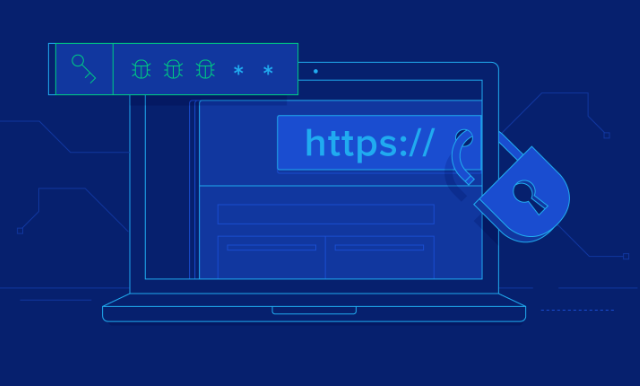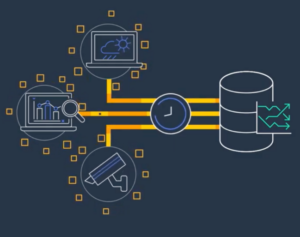Web security is crucial in Java full stack applications to protect against unauthorized access, data breaches, and other security threats. Here’s an introduction to web security concepts and best practices for Java full stack applications:
- Input Validation and Sanitization:
Always validate and sanitize user input on the server-side to prevent common attacks such as cross-site scripting (XSS) and SQL injection. Use validation libraries like Hibernate Validator or Spring Validation to ensure data integrity. - Authentication:
Implement secure user authentication mechanisms to verify the identity of users. Use strong password hashing algorithms like bcrypt or Argon2 for storing user passwords. Consider using frameworks like Spring Security, which provide comprehensive authentication and authorization features. - Authorization:
Enforce access control to restrict users from accessing resources or performing actions they are not authorized to. Use role-based or permissions-based authorization mechanisms to control access to different parts of your application. - Cross-Site Scripting (XSS) Prevention:
Protect your application from cross-site scripting attacks by properly encoding user-generated content when rendering it in HTML templates or dynamically generating JavaScript. Utilize security features like Content Security Policy (CSP) to mitigate XSS risks. - Cross-Site Request Forgery (CSRF) Prevention:
Guard against CSRF attacks by generating and validating unique tokens with each request. Implement mechanisms like CSRF tokens or double-submit cookies to ensure that requests originate from the same site and are not forged. - Session Management:
Implement secure session management to handle user sessions and prevent session hijacking or fixation. Use secure session cookies, enforce HTTPS for sensitive pages, and regenerate session IDs on authentication to minimize session-related vulnerabilities. - Secure Communication:
Utilize Transport Layer Security (TLS)/Secure Sockets Layer (SSL) to encrypt data transmitted over the network. Always enforce HTTPS for all sensitive communication, including authentication and sensitive data exchange. - Security Headers:
Set appropriate security headers in the HTTP responses of your application. Examples include Strict-Transport-Security (HSTS), X-Content-Type-Options, X-XSS-Protection, and X-Frame-Options. These headers provide additional layers of protection against various attacks. - Error Handling and Logging:
Implement proper error handling and logging to provide meaningful error messages to users while avoiding leakage of sensitive information. Log security-related events and monitor logs for suspicious activities or potential security breaches. - Secure File Uploads:
Apply proper validation and sanitization techniques for file uploads to prevent malicious file uploads that could lead to security vulnerabilities. Consider scanning uploaded files for malware or using file type and size restrictions. - Security Testing:
Regularly conduct security testing on your application, including vulnerability assessments and penetration testing, to identify and fix security vulnerabilities. Use tools like OWASP ZAP, Burp Suite, or Nessus to automate security testing processes. - Stay Updated:
Keep your Java libraries, frameworks, and application servers up to date with the latest security patches and fixes. Stay informed about new security vulnerabilities and best practices by following security advisories and industry news.
Remember that web security is an ongoing process, and it’s important to stay vigilant and proactive in addressing security concerns throughout the development lifecycle of your Java full stack application.



